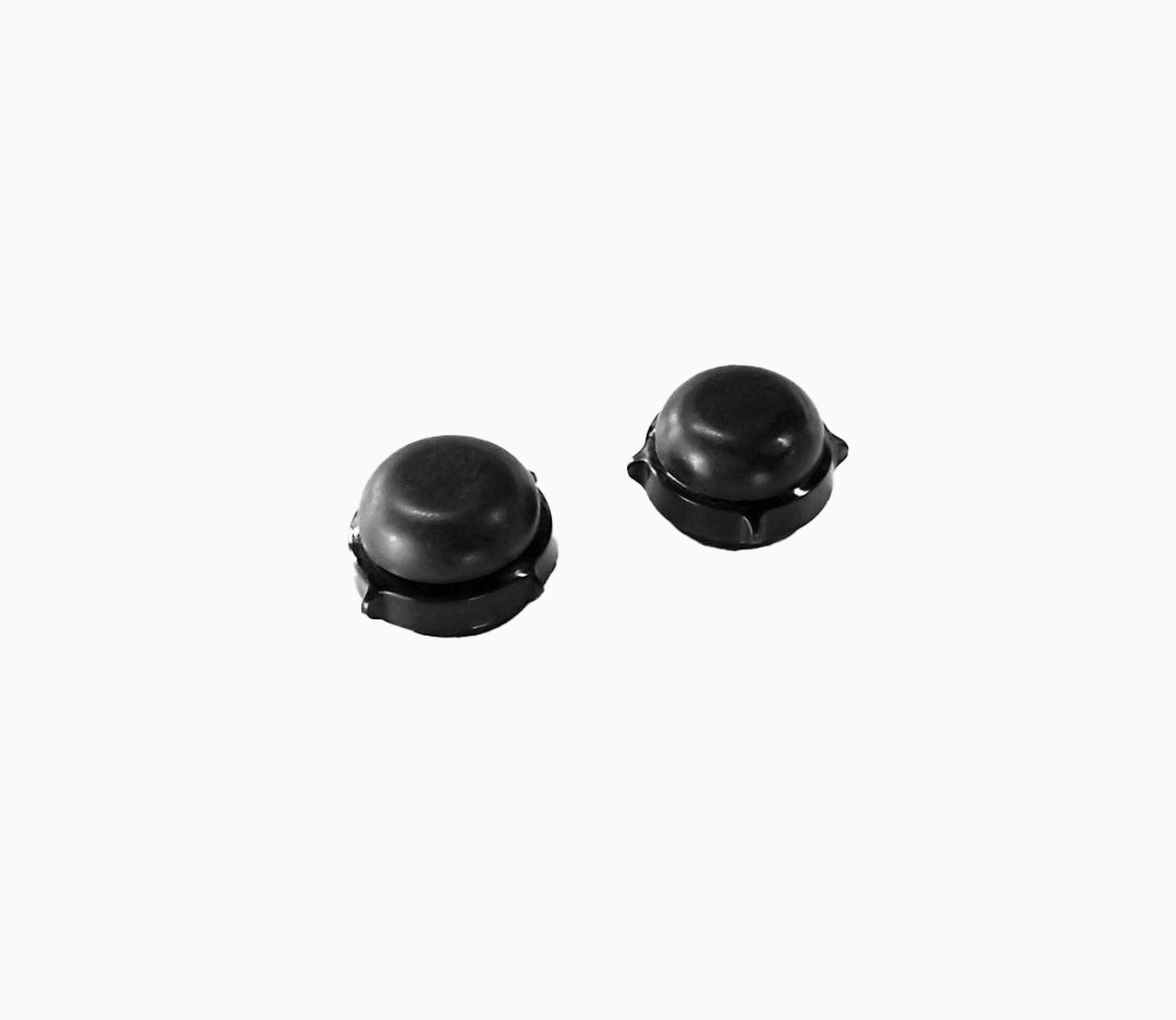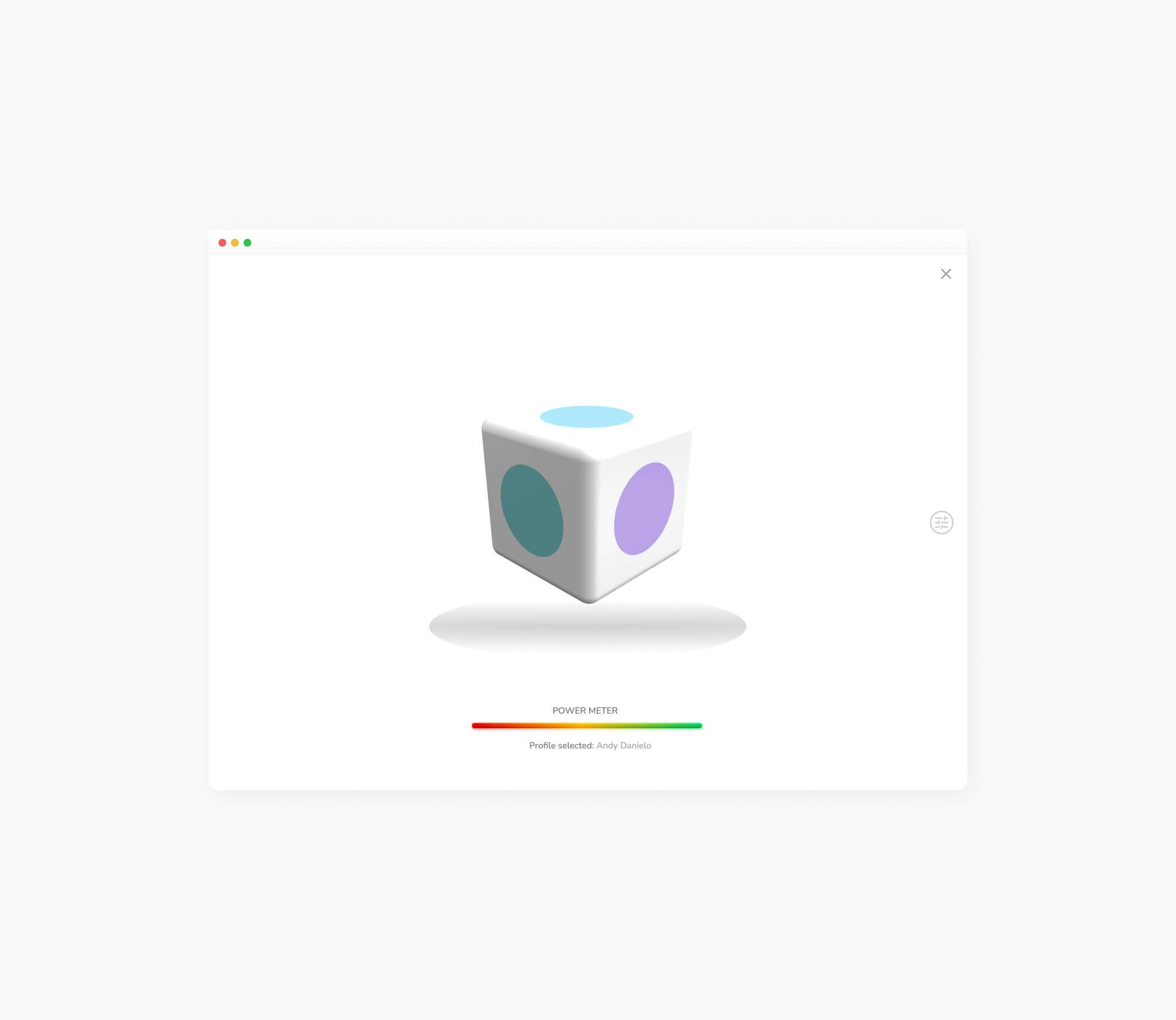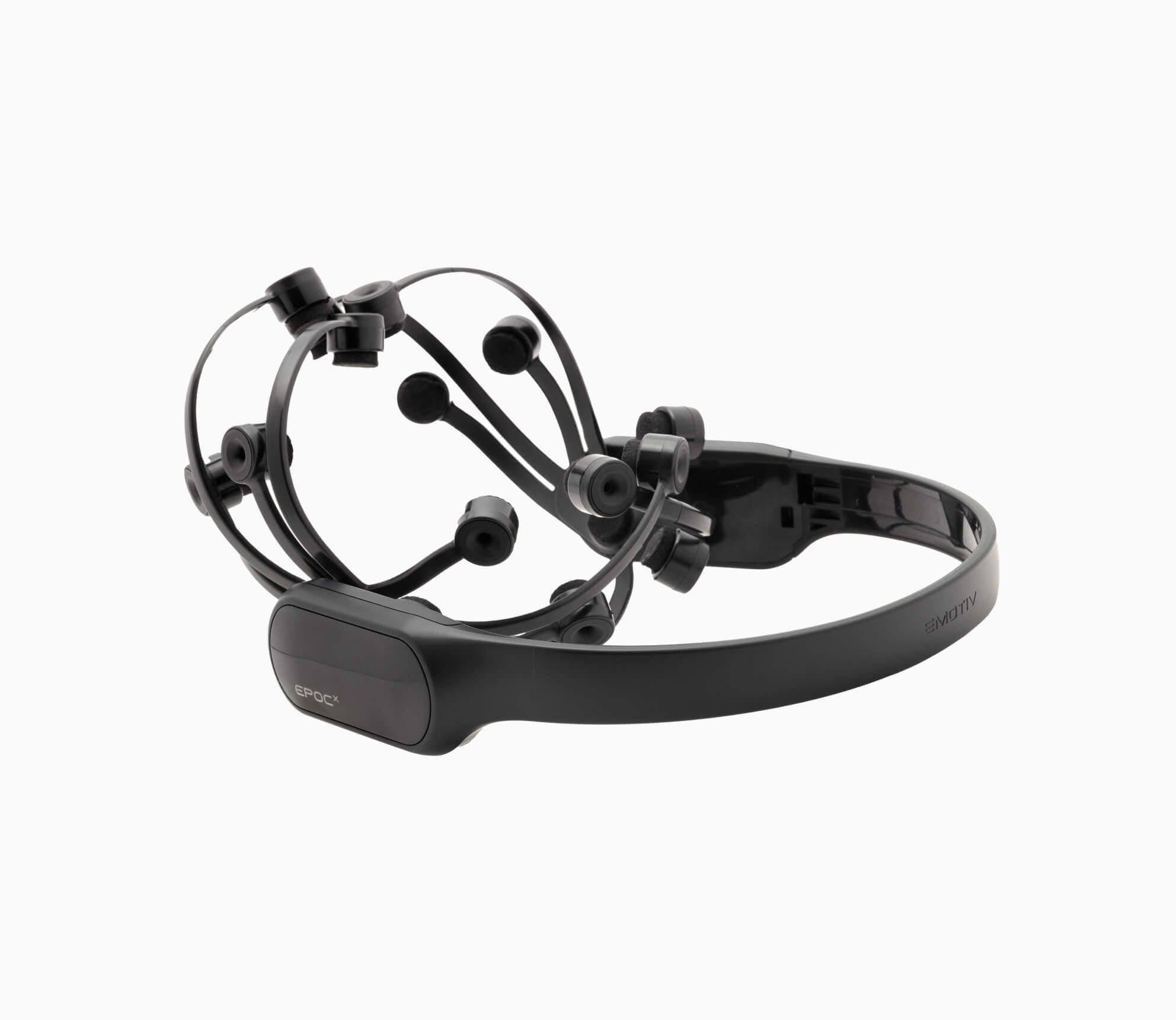What are the challenges in contemporary EEG research & analysis?
In 1925, German psychiatrist Hans Berger recorded the first human electroencephalogram (EEG). Since then, the technology in brain-computer interfaces and computation has been improving.
This post explores the two main challenges in EEG research, which are:
- The logistical complexity of traditional academic EEG research, and
- The innovation in EEG hardware.
Logistical Complexity of Traditional Academic EEG Research
Exclusive, Underfunded, Regionally-Restricted Subject Populations
Let’s first understand electroencephalogram (EEG) research. EEG research and cognitive neuroscience research methodology involve recording the electrical activity of the human brain using purposely placed, non-invasive electrodes on the surface of the subject’s head. Using experimental designs that involve exposure to various stimuli, changes in brain signals can be analyzed and data extrapolated.
Table 1 provides an overview of the types of studies and activities performed with EEG technology. Feel free to read this introductory guide to EEG electroencephalography as well.
Table 1: Types of Electroencephalogram (EEG) Studies (adopted from (Williams et al., 2020)
| Brain-Computer Interfaces (BCI) | These studies examine and enable human-computer interactions, like controlling an arm or wheelchair or enabling communication in disabled patients. |
| Clinical | These studies use EEG for diagnostic and therapeutic applications. Including the detection of epileptic seizures or the use of neurofeedback in cognitive therapy. |
| Experimental Research | These studies collect electrogram data to answer a computational neuroscience question or hypothesis. |
While EEG has been widely adopted as an effective research tool, the logistics can be challenging. Most funding agencies provide funding for clinical, translational, or applied research. However, there is less funding for basic experimental research. Less funding can exacerbate the logistical difficulty of recruiting participants and conducting sound experimental research, resulting in small sample sizes. These small sample sizes are selected conveniently from a restricted geographical area.
This phenomenon is known as the WEIRD Problem. It refers to the western, educated, industrialized, rich, and democratic individuals who are part of the typical research samples. These sample populations are not particularly inclusive because most of these individuals come from college campuses. This WEIRD demographic does not reflect the real-world diversity or the unique cognitive and emotional attributes that make us human.
Collectively, this situation limits the practical significance and generalizability of experiments. Because of this, findings from these studies are difficult to extrapolate to novel insights about all human cognition (i.e., mental workload, problem-solving, etc.).
Innovations in EEG Hardware
Research-grade, portable, low-cost equipment available globally
EEG Devices
In the past few years, researchers have broken traditional barriers in neuroscience research with portable EEG devices. Brain-Computer Interfaces (BCI), Brain-Machine Interfaces (BMI), or Human-Computer Interfaces (HCI) do just that. They use EEG signals to characterize and identify cognitive or affective states. BCI is rapidly developing as a means to transform how humans interact with their environment. This is driven by advances in hardware miniaturization and improvements in data-processing algorithms. These systems empower humans to improve themselves through neurofeedback and encourage people to interact with their surroundings without physical intervention.
The Future of EEG Devices
For at least the last decade, the general trend in EEG hardware has been to make these tools smaller, wireless, portable and lower in cost.

Figure 1: EMOTIV’s EPOC Headset

Figure 2: EMOTIV’s EPOC Flex Headset
However, moving what once required an expensive, dedicated lab to a portable, low-cost system has not come without concern. Some scientists have had concerns about validity, quality or practicality of EEG headsets. To investigate this, researchers have conducted many validation studies demonstrating these systems’ scientific utility.
The low-cost and portability of EEG headsets have also opened a broad scope of research questions that can now be answered in situ. That is, a subject’s brain waves can be measured in real-world situations, whereas legacy hardware has minimal mobility. In movement or sports psychology, this is a monumental change.
Imagine a research group investigating reaction times in a specifically sampled set of college students who play sports. They ask if soccer goalies have a faster reaction time to a ball than other teammates. In the legacy research paradigm, these subjects would have to come into the lab, get wired up, perform a task on a physical screen, and report with hardware buttons or keystrokes. With newer EEG equipment, this same question can now be applied and measured while actually on the soccer field.
Overall, these innovations in EEG hardware have opened practical applications outside the lab. As such, they have increased the capacity and scope of neuroscience research.
Meet Innovation – Meet EMOTIV
There have been exciting developments in deep-learning and other machine-learning analyses in the last few years. For this reason, a large, valid, and quality data set (n=1000+) is required to harness the value of these programs. Given signal-processing, classification, validation, and performance evaluation requirements in EEG research, the domain benefits enormously if these artificial intelligence approaches are applied. Big data is required to overcome the iterative nature of current experimental research in neuroscience, especially at the more complex end of neurodegenerative diseases and brain-computer interfaces. Up until now, that data has been unavailable.
There are two approaches to increasing the potential sample population and the subsequent
data collected:
- Develop research-grade, portable, low-cost EEG hardware that can be used globally.
- Improve data collection, validation, and automated analysis techniques.
Dissolve Challenges, Grow With the Changes. Choose EMOTIV
Review of EMOTIV’s EEG innovations over the last decade
The use of EEG devices in neuroscience research and clinical settings continues to increase (see Figure 3). For the last decade, EMOTIV has developed research-grade, wireless, portable, and easy-to-use EEG equipment with quality controls accessible to anyone, anywhere in the world, to address these challenges.

Hardware Evolution
Additionally, EEG hardware has evolved from wet electrodes to dry electrodes. Wet electrodes are time-consuming to fit, uncomfortable to wear, and limit mobility. Headsets with dry or hybrid electrodes work quickly, are portable, and are significantly cheaper to manufacture and operate. These technological advances are bringing us closer to breakthroughs in neurological research, but we are still not quite there yet.
Ensure Diverse Sample Sets
EMOTIV can help you increase your studies’ diversity. The EPOC line of EMOTIV EEG headsets has been around for over a decade and has been independently validated by research institutions worldwide. They have been used in various applications, including controlling robotic limbs and wheelchairs, biometric user authentication in security systems, and identifying cognitive and emotional mental states.
EMOTIV’s potential for global use and low financial barrier facilitates research for those with limited resources. For example, Parameshwaran and Thiagarajan used EMOTIV EEG equipment in rural and urban settings in India to demonstrate differences in EEG signatures related to socioeconomic status, exposure to technology, and travel experience.






